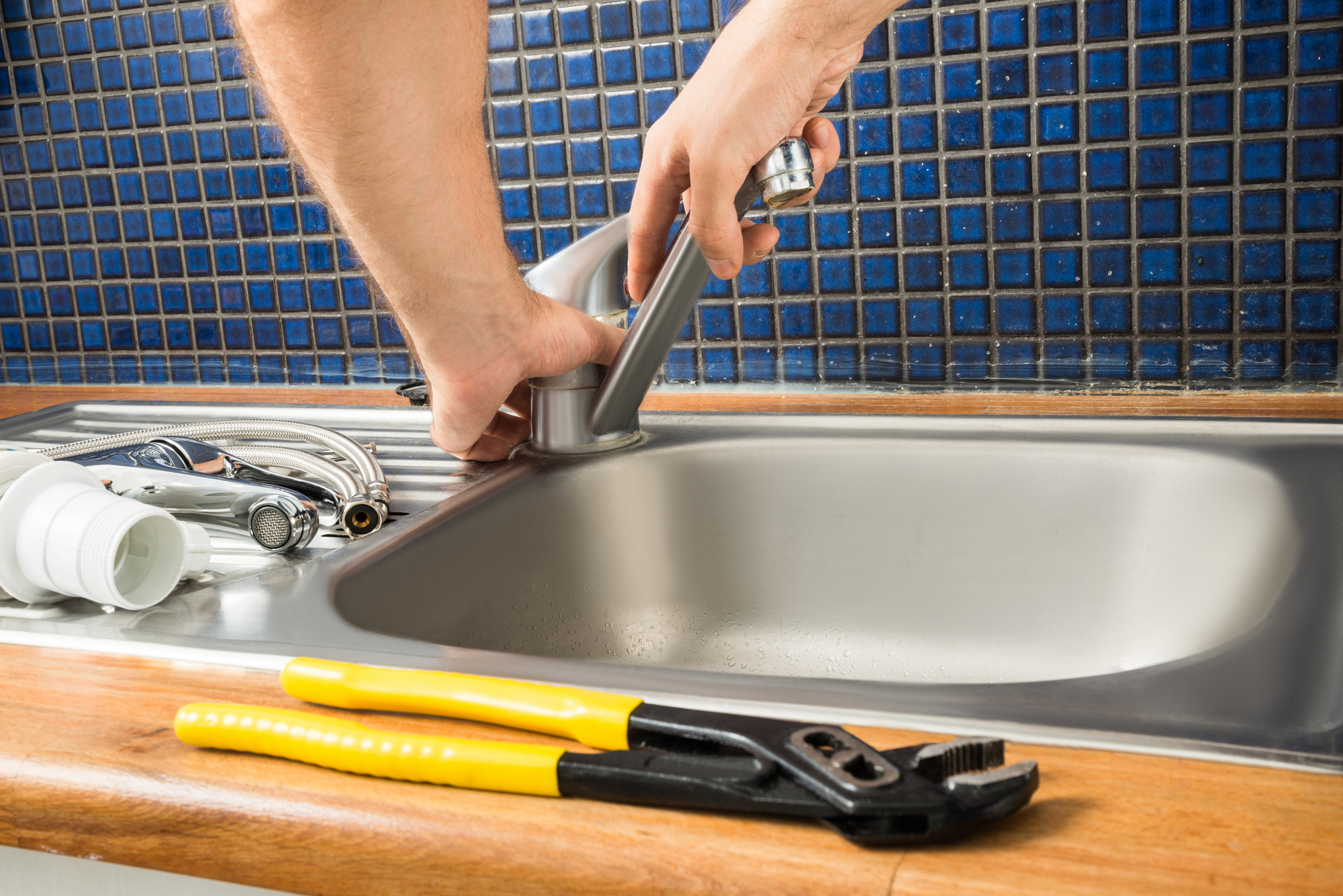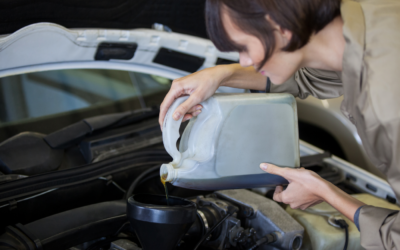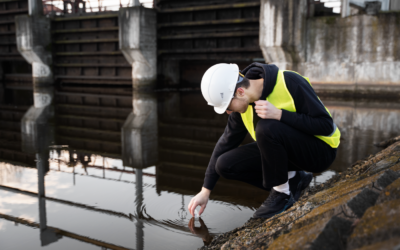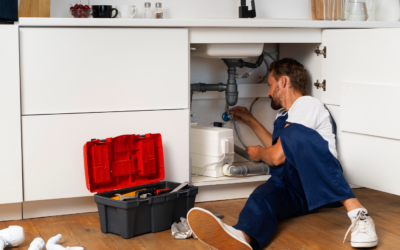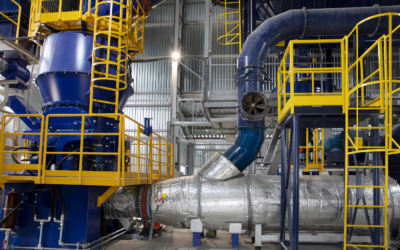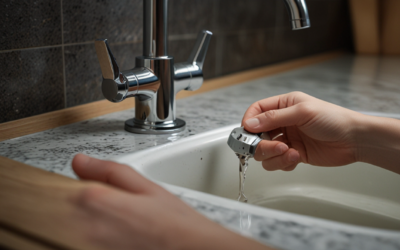As we move into a new decade, the world of plumbing has seen many changes over the recent years. With the UK government’s commitment to lowering carbon emissions, the Part L regulations have been updated. The Part L regulation now specifies that all new buildings must meet energy targets to be more energy-efficient and reduce carbon emissions. In this blog post, we will discuss why the majority of installers do not think Part L is the right step.
Part L regulations have been a prominent aspect of construction since the 1990s. They have always set out to create a more energy-efficient build to reduce the carbon footprint of new buildings. However, the latest updates to Part-L have caused some tension among installers. The new regulations call for a decrease in CO2 emissions by 31%, which is an increase from the previous target of 20%.
The installers of the UK are concerned that these regulations are going too far, and it is causing a lot of the plumbing work to be more expensive than it needs to be. The general consensus amongst plumbers is that these regulations do not help to improve the energy performance of the buildings and instead just add costs.
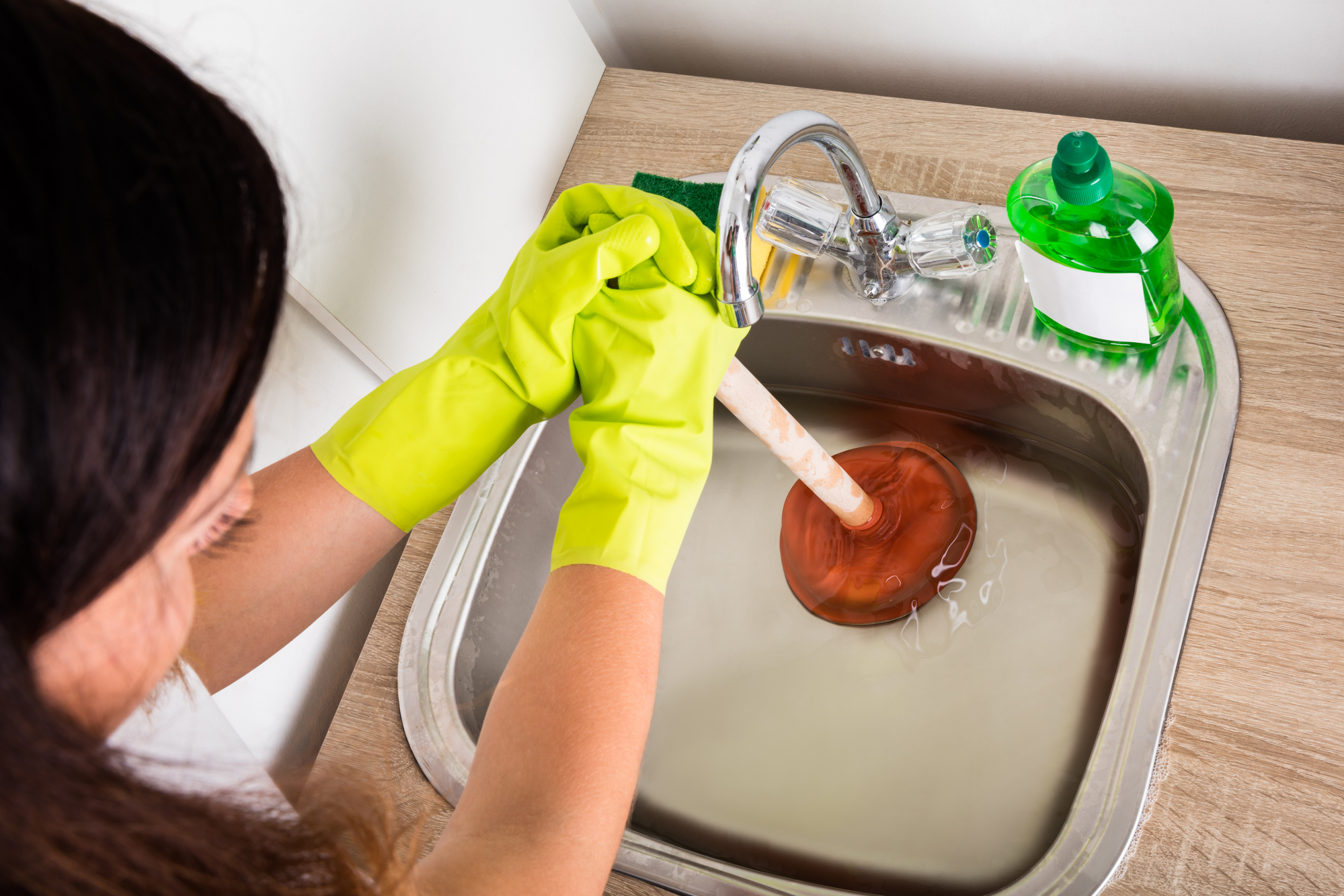
So why do installers think that Part L regulations are the wrong step? Firstly, they believe that some of the requirements in the regulations are impossible to deliver. For example, installers have to use renewable sources wherever possible, but this can mean spending even more on installation costs. Moreover, there are questions surrounding the impact of these renewables in terms of their long-term carbon impact and the high costs incurred to achieve these reductions.
Secondly, installers feel that they have not had proper input into these new regulations. The feeling is that the regulations were released without thought to the practicality of meeting the targets cost-effectively and in a timely manner. With little input from those within the industry, the regulations could potentially create long-term issues and be a hindrance to progress.
Thirdly, the implementation of these regulations will require a steep learning curve for installers, leading to upskilling and needing retraining for installers and tradespeople. A detailed understanding of the guidelines and the right amount of training is absolutely essential for the industry professionals.
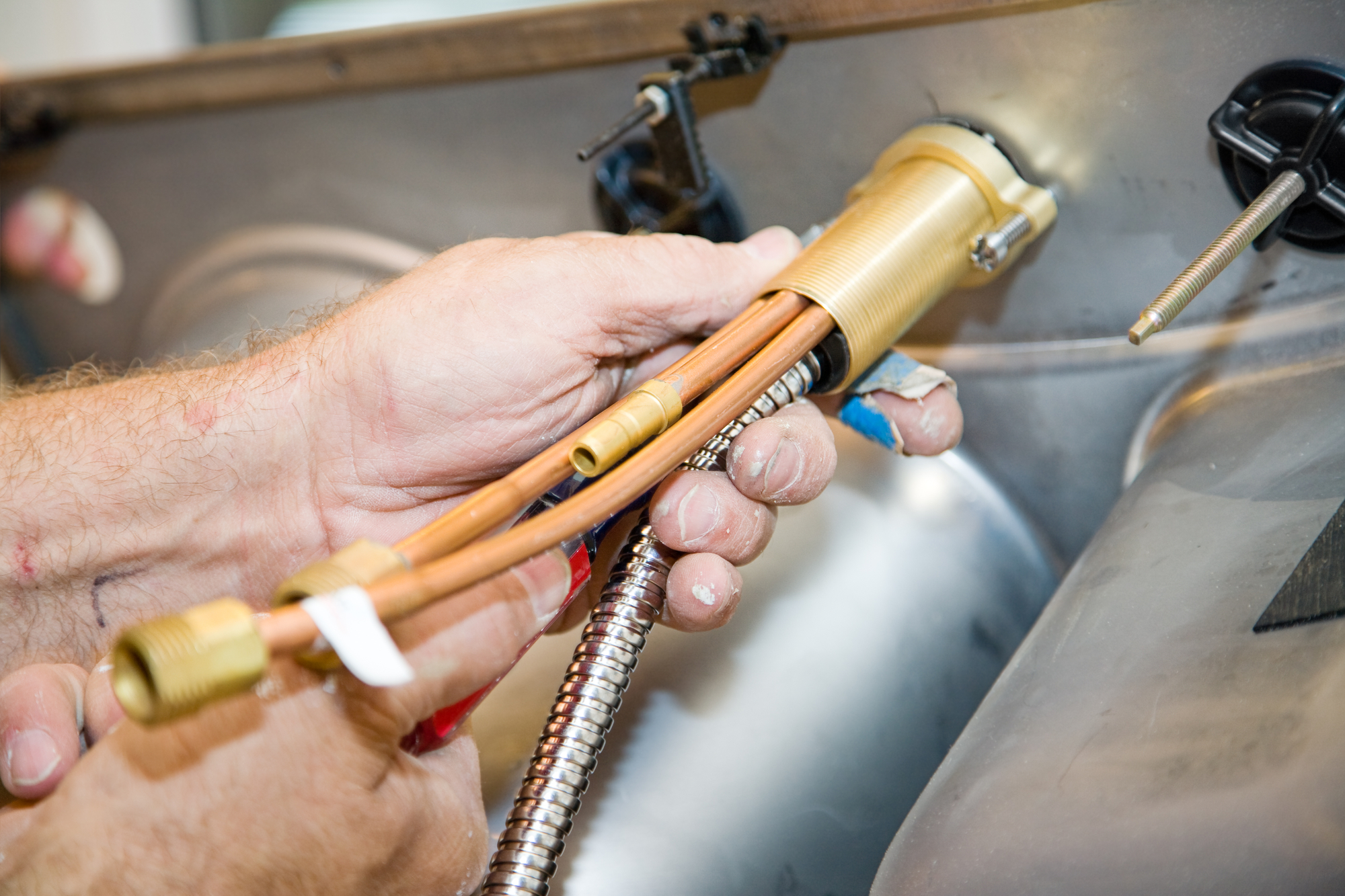
In short, the regulations may be well-intentioned, but they may not be practical from an installer’s perspective. They will incur added costs for the clients and will be difficult to implement in some cases, leading to reduced standards and an increase in new builds that operate outside of the regulations.
So, what is the solution? Installers have suggested more considered discussions with those in the field, better guidelines and training, and a more collaborative approach between the installer and governing bodies. These discussions would ensure that it is possible to achieve the targets while also ensuring that they are cost-effective and practical.
In conclusion, we can say that installers have a vital role to play in the implementation of Part L regulations. It is crucial for governing bodies to take their input seriously to help create an energy-efficient building. Those within the plumbing industry are aware of the costs and the practicality of the measures and understand the difficulties in achieving the regulations’ targets. The best way forward is through open communication and collaboration between all parties. It is a shared responsibility, and we can achieve a more energy-efficient future by working together.
At Ace Plumbing and Repair, we are experts in delivering solutions cost-effectively, on time and on budget. We understand the complexities around Part L regulations and can help guide you along the way. If you have any questions, do not hesitate to contact us via our website at aceplumbingrepair.com or call us at (844) 711-1590.

